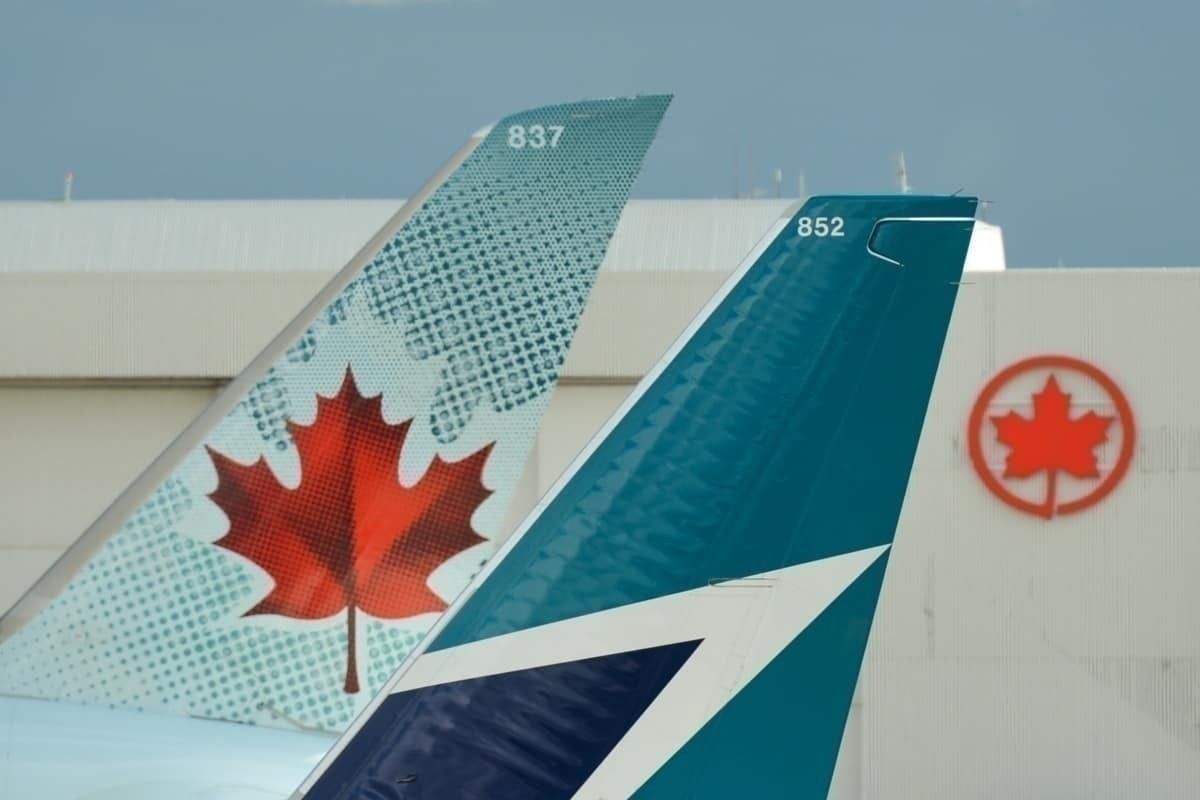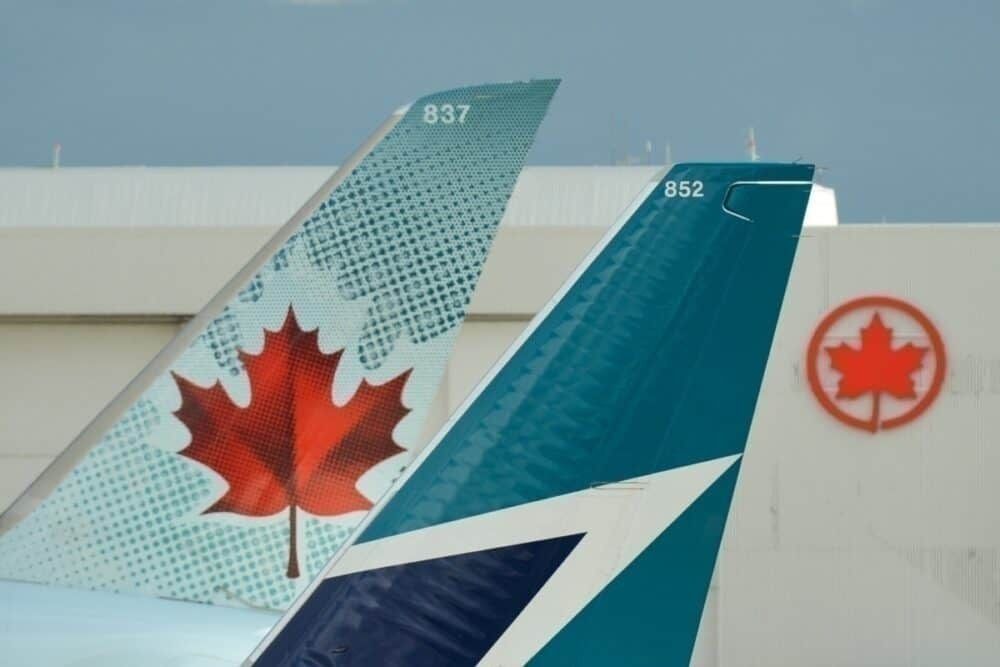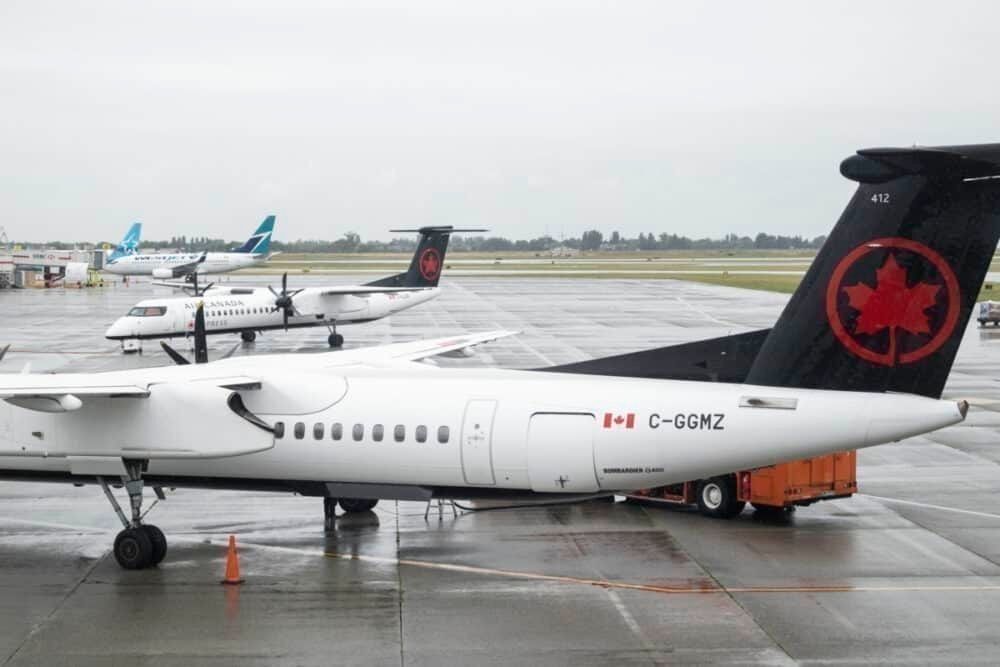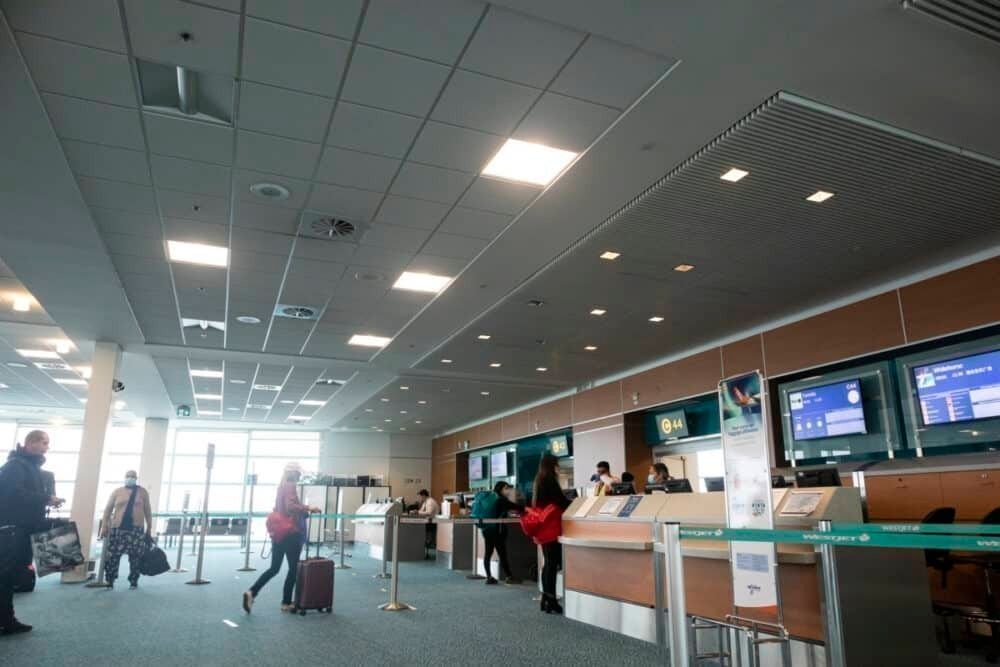Canadian air travel is expensive when compared to similar distances and 'products' offered in the United States, Europe, and Asia. A huge reason for this is the lack of competition combined with a relatively low population density. However, there is an additional reason for why flying in Canada is so expensive: the cost of 'rent' paid by airports. This drives up airport fees, which are ultimately passed on to airlines and their passengers.
At the bottom of the list for taxes and fees
According to a 2016 Financial Post article, the World Economic Forum had ranked Canada 16th on a list of 140 countries for the quality of its airport infrastructure (it took 35th spot in 2019). However, Canada was listed at 130th for its relatively high cost in ticket taxes and airport charges. This improved significantly in 2017, with Canada moving up to 68th - but that's still in the bottom half.
This is due to Canada’s airport system, which is based on a "user-pay model." With this structure, all costs - from security to air traffic control to airport infrastructure - is passed down to travelers.
On the other hand, the United States supports its airports through capital contributions, land transfers and grants.
"The Canadian Model"
"This model, in which the government of Canada retains ownership, is unique in the world. The model currently dominant globally is full or partial privatization, either via an outright sale or via corporatization followed by the sale of the share capital immediately or in phases." -Aeroports de Montreal
As the above quote states, many airports around the world are at least partially privatized. For Canadian airports, the Government of Canada setup not-for-profit corporations to "manage, operate and develop designated infrastructures under long-term leases."
Therefore, the Canadian government remains the owner of airports, including the property. When these long-term leases expire, the government will resume full ownership of the entire infrastructure developed, without any compensation and without debt.
Revenue stream vs economic barrier
Since the government owns many of Canada's airports, it could be argued that the government is charging itself rent. In turn, airports collect this from airlines, which collect from travelers - and airport businesses.
This provides some great revenue for the government. In fact, it was reported in 2018 that the total revenue collected by all levels of government in the form of taxes, fees, and rent – from consumers, from airlines or from airports – exceeded C$1.5 billion a year (US$1.1 billion).
Many have called for an end to this model, saying that a reduction in fees would increase air travel demand and potentially stop Canadians living near the US border from crossing over and traveling via American airports.
Indeed, one of the first actions the Canadian government took in response to the pandemic-induced collapse in air travel was to waive ground lease rents for airports until December 2020. This, the government said, would provide relief worth C$331.4 million (US$233.4 million).
Perhaps this move should remain permanent.
What do you think? Should Canada's airports move to become fully or partially privatized for the sake of increased competition? Let us know in the comments.




